hackberry tree leaves turning black
Its attractive serrated leaves range from dull green to glossy and have unequal bases and tapered ends. Wash off the sticky secretions and black color if possible.

Hackberry Trees Are Under Attack
You likely have a population of aphids in the tree.
. You can see the eggs of the psyllids in your picture. The browning of the hackberry Celtis occidentalis leaves is probably due to lace bugs. Hackberry lace bugs are 18 to 316 inches long sap-feeding insects with clear ornate lacy wings.
Many will land on lower leaves but washing will remove them to the ground. If your tree has leaves falling off that are still green there could be a number of issues that are affecting your tree. The leaves are turning brown and are falling down a lot in the last weekThe leaves have the whitish wart-like bumps on the underside and they also have black tiny dots covering the leaf.
Circular nipple-like swellings that project from the undersides. You may not be able to reach the top of an 80-foot-tall tree without a power washer or commercial spray device but even if you dont reach the top of the tree you can reduce the severity of the problem. The hackberry trees leaves change color in the fall turning yellow before falling off of the tree.
Yellow discolorations on upper leaf surface above the nipple galls. What can I do. These lace bugs spend the winter as eggs under.
My Hackberry tree appears to have 2 diseases going on. This fall the deck was covered with a sticky saplike substance that turned a bright green umbrella black. There are tiny black winged bugs with tinier babies all over the inside of the leaf.
Spray the plant with a broad-spectrum fungicide. In the fall months the leaves will turn into a bland yellowish color before falling off. Premature leaf drop can occur during heavy infestations.
You Tell Us About Your Project We Find The Pros. Flat white sheets of fungal mycelia mycelia fans grow between the bark and sapwood at the base of infected trees. Spray the plant with horticultural oil 05-gallon water 1 teaspoon dish soap 2 tablespoons horticultural oil.
3 Reasons Why Pear Trees Get Black Leaves. Ad Avoid The Stress Of Doing It Yourself. Fire blight Erwinia amylovora is a highly infectious bacterial disease that affects members of the rose familyincluding apple pear crabapple rose cotoneaster mountain ash hawthorn quince spirea and pyracantha.
This will also reduce the damage being done to the tree. The hackberry is one of the toughest trees and experts have referred to it as one tough tree. Nymphs are spiny and wingless.
The aphids infest the lower sides of leaves in large numbers creating small globs of fuzzy mass. More information on Hackberry nipple. Hackberry tree may be referred to as Celtis occidentalis in this article in fact those are the same plants Celtis occidentalis is the botanical name for Hackberry tree.
18th to 316th long. As they feed they leave tiny yellow to white spots on leaves and dark varnish-like waste spots on the under sides. Infected wood at the tree base is white soft stringy or spongy.
The foliage of trees infected with armillaria mellea starts to discolor and drop. This pest is normally considered just a nuisance rather than destructive to the tree. The hackberry is also known for its distinctive bark surface which has a corky texture with warts at the base and is often described as stucco-like.
Infected trees have poor growth dead branches in the upper canopy undersized andor yellow leaves. Thick black shoestring-like fungus can sometimes be seen under the bark around roots and in the soil around the base of the tree. The insects feed on the sap from the leaves and secrete sticky honeydew that in turn encourages the growth of black sooty fungus on infested tree areas.
Wash the aphids off with water. Adults are light brown with flecks of creamish-white and look like miniature cicadas. Both stages live on the lower surface of leaves.
These small white insects fall off hackberry trees also known as sugarberry trees and seem to float in the air. Trees most commonly affected are hackberry sycamore and oak. Honeydew coats everything below and makes great food for.
A rim of white may be visible on the edge of. Fungal conks a semicircle shelf fungi can be found from the base of the tree up to 3 feet high on the trunk. A very common pest of the Hackberry is the Hackberry Leaf Gall Psyllid.
Infected trees frequently break or. Aphids suck sap from leaves and secrete a sticky liquid called honeydew. It could also be seen on the leaves of nearby plants.
The hackberry can be grown in various soils and locations and can thrive under a wide range of temperatures and. Fire blight causes browning blackening and disfiguring of. Lace bugs are sap feeding insects commonly found on the leaves of shade and ornamental trees in Iowa.
When the eggs hatch the insects feed by sucking on the sap of the leaves which is why the leaves are yellow. Enter Your Zip Code Get Started. Conks are reddish brown and shiny on top white and porous underneath.
Its Fast Free Easy.
Common Hackberry Celtis Occidentalis
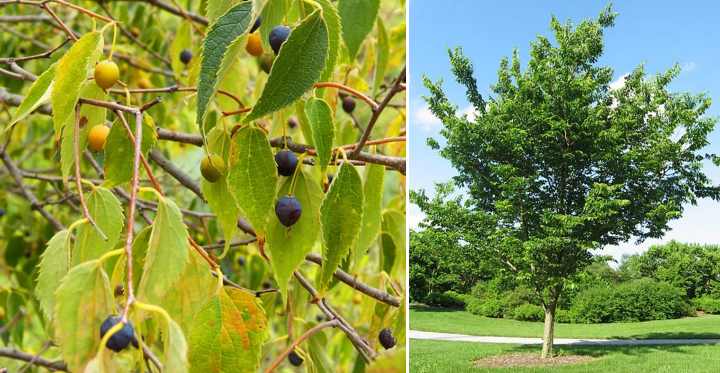
Hackberry Trees Celtis Common Types Leaves Bark Fruit Pictures Identification
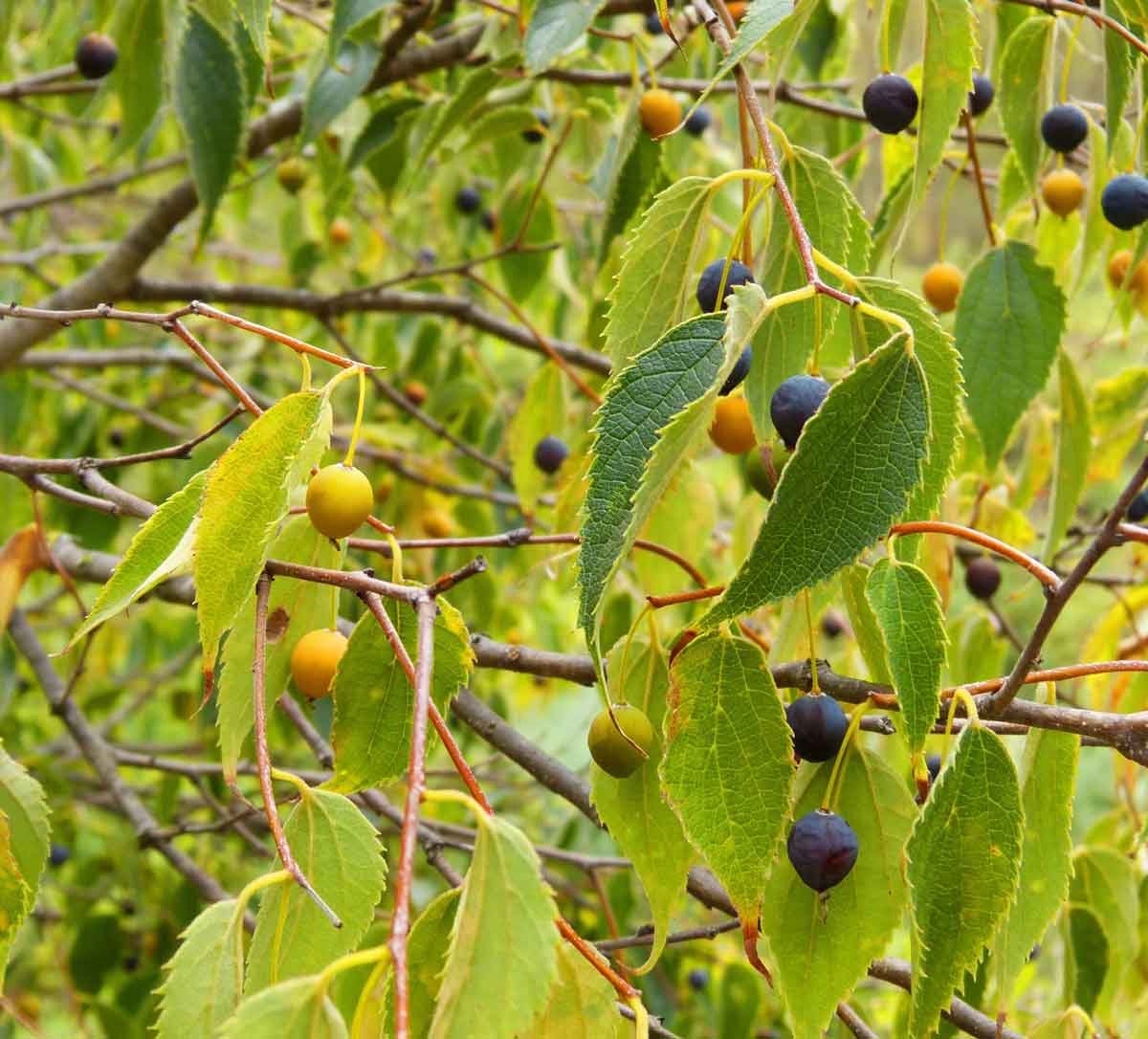
Hackberry Celtis Occidentalis Learning Stations At Ariel Foundation Park
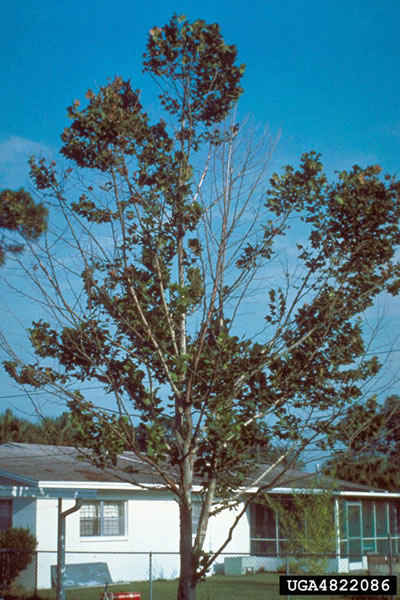
What S Wrong With My Plant Garden University Of Minnesota Extension

Hackberry Trees Of Manitoba Inaturalist

Hackberry Tree On The Tree Guide At Arborday Org
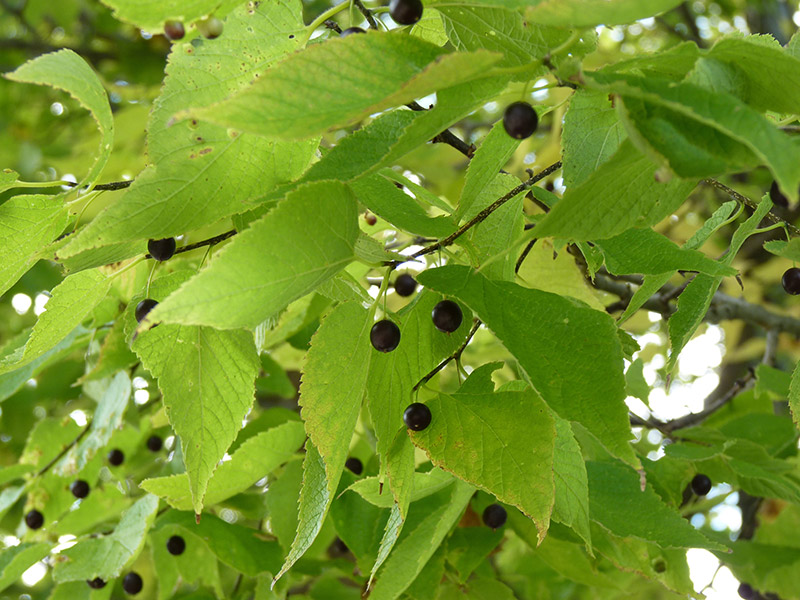
Common Hackberry Umn Extension

Hackberry Trees The Garden Bench
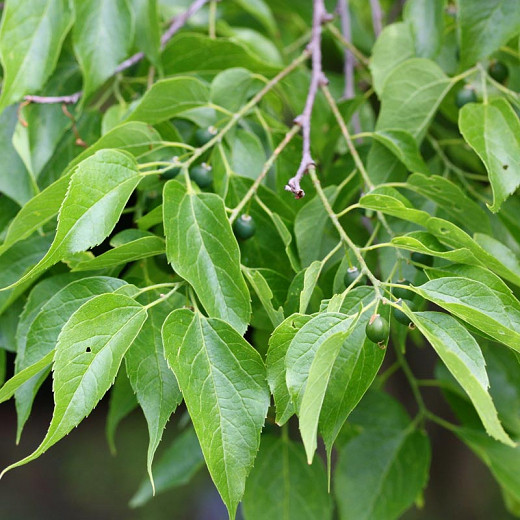
Celtis Occidentalis Common Hackberry
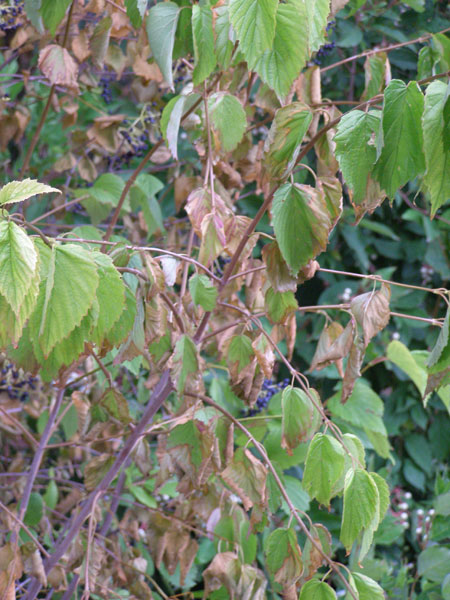
What S Wrong With My Plant Garden University Of Minnesota Extension
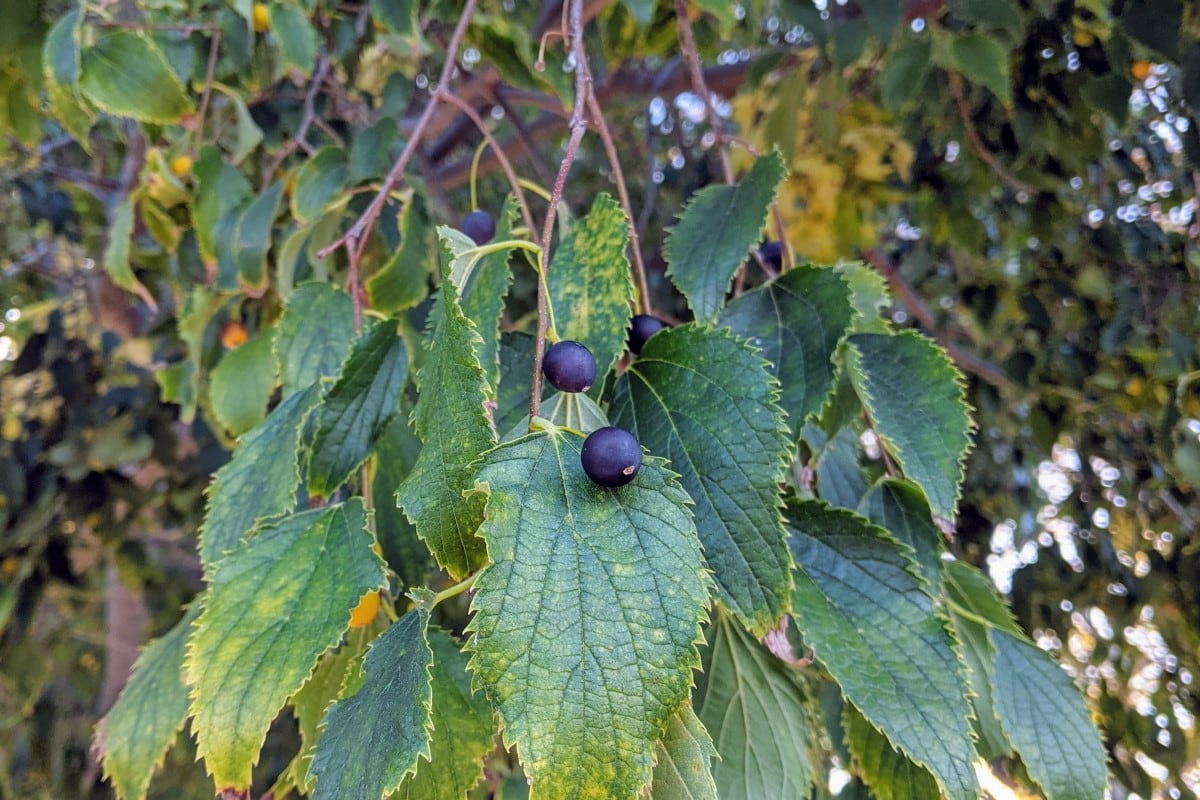
Celtis Hackberry Pollen Allergy A Quick Guide W Photos Allerma
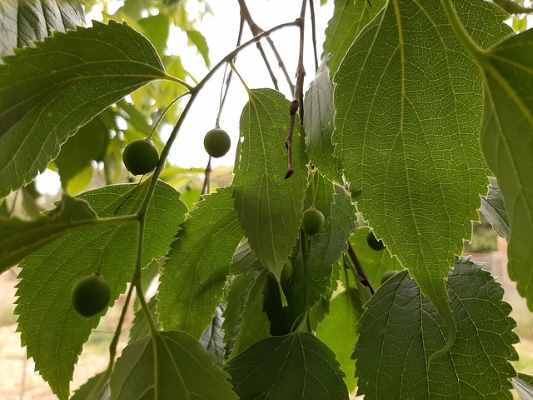
Hackberry Trees Celtis Common Types Leaves Bark Fruit Pictures Identification
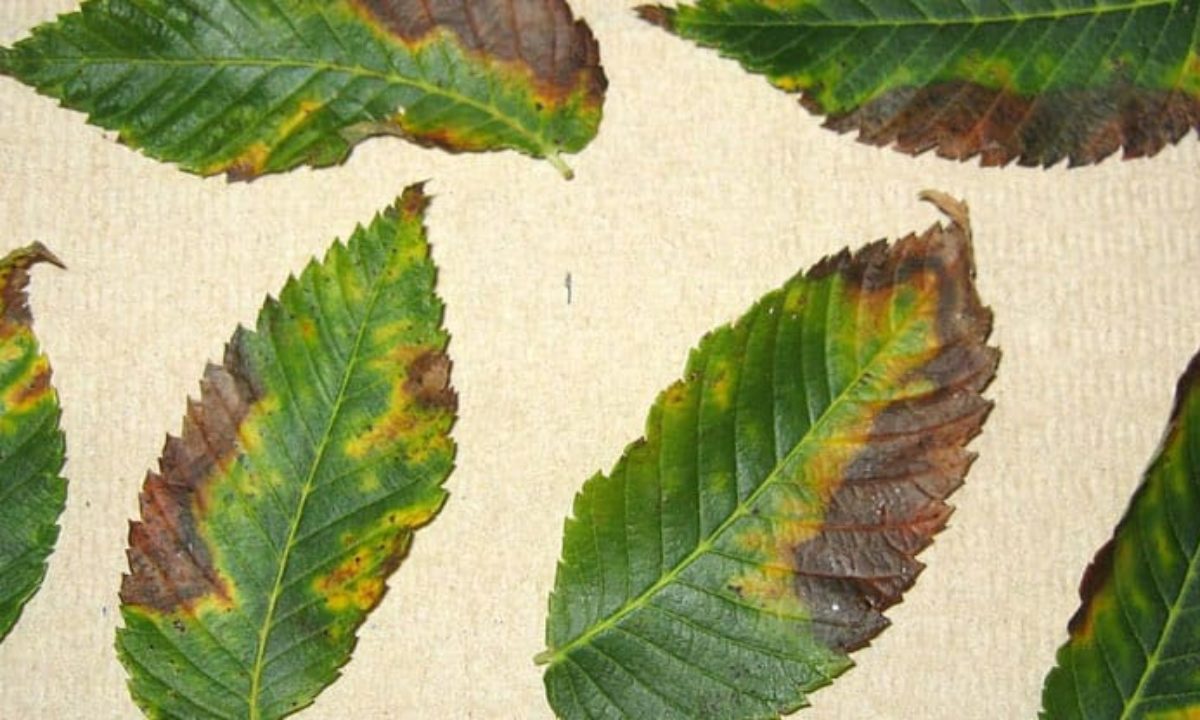
Brown Dying Or Scorched Tree Leaves Bacterial Leaf Scorch Faqs Organic Plant Care Llc Flemington Nj

Hackberry Ohio Department Of Natural Resources
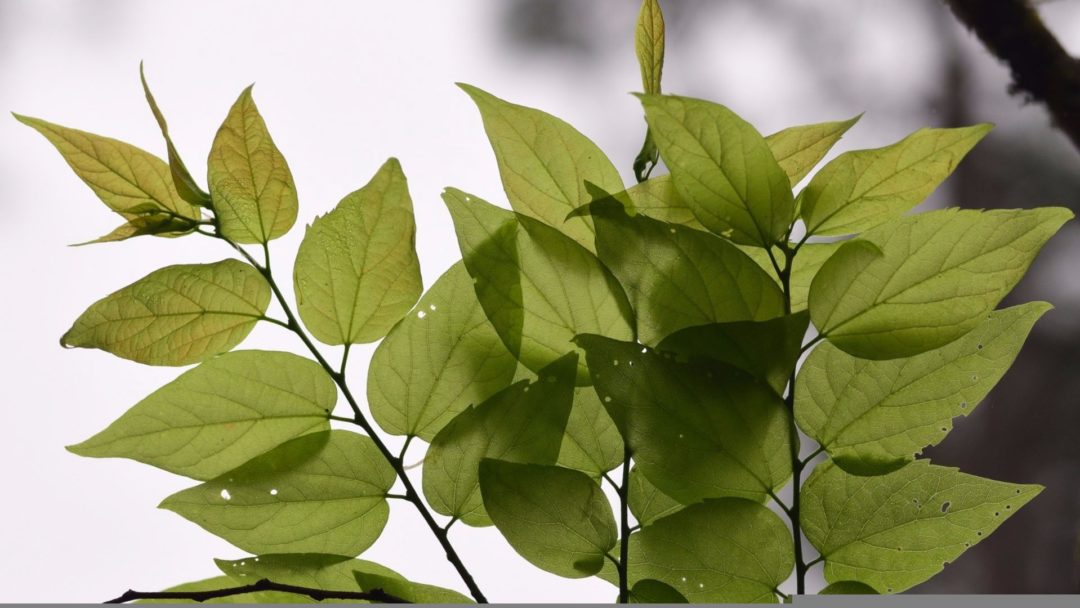
Hackberry One Tough Tree Arbor Day Blog

What S Behind That Black Sticky Substance From Your Hackberry Tree

Northern Hackberry Real Paleo Food Four Season Foraging